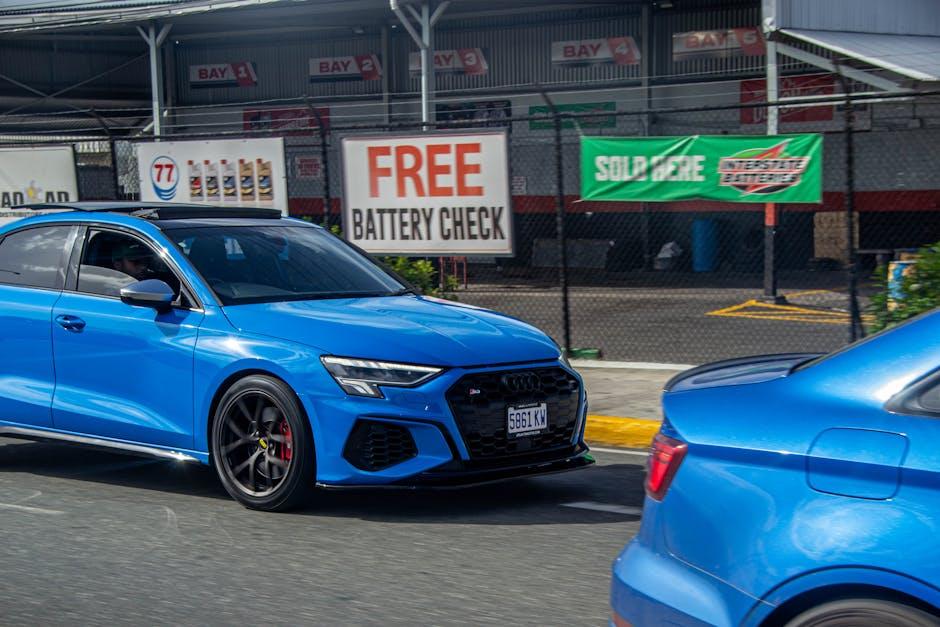In the intricate dance of daily life, where every journey hinges on a reliable start, the humble car battery plays an unsung yet vital role. It’s the quiet powerhouse awakening your vehicle, transforming stored energy into motion and adventure. Yet, like all good things, its life is not infinite. Understanding how to extend your car battery’s lifespan can mean fewer unexpected breakdowns and more miles of worry-free driving. In this guide, we’ll explore practical tips and insightful strategies to help you nurture and prolong your battery’s vitality—because a little care today can keep you cruising smoothly tomorrow.
Table of Contents
- Understanding the Basics of Car Battery Health
- The Impact of Driving Habits on Battery Longevity
- Essential Maintenance Practices for a Strong Battery
- How Climate and Environment Affect Battery Performance
- Smart Charging Techniques to Preserve Battery Life
- Choosing the Right Battery for Your Vehicle Needs
- Q&A
- Wrapping Up
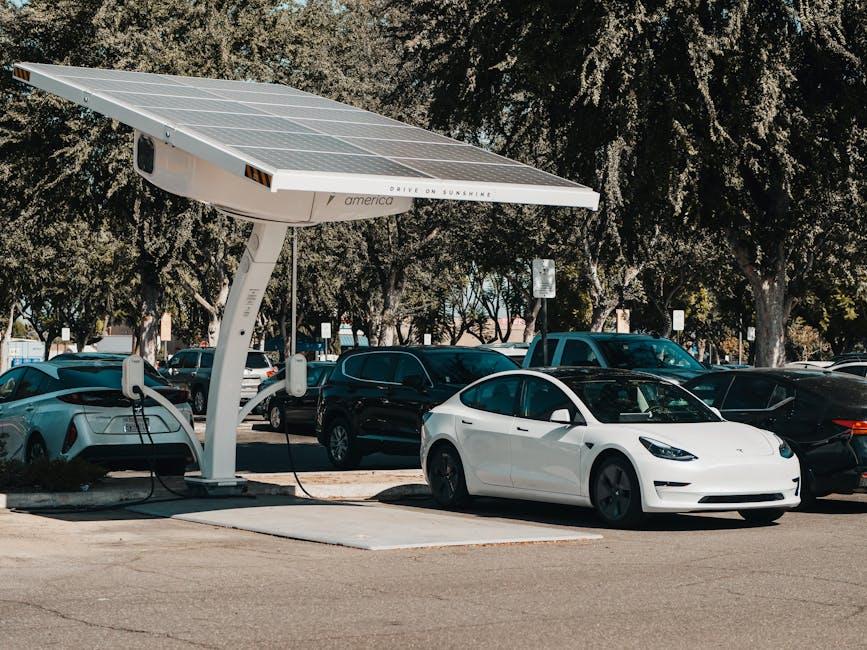
Understanding the Basics of Car Battery Health
Maintaining a car battery in optimal condition is essential for dependable vehicle performance. At its core, a car battery’s health hinges on the delicate balance of chemical reactions that generate electrical energy. Over time, factors like extreme temperatures, frequent short trips, and inconsistent charging can disrupt this balance, reducing the battery’s lifespan. Understanding these influences allows car owners to make informed decisions that can prevent unexpected breakdowns and costly replacements.
Several practical habits can support battery longevity. For instance, minimizing the time the engine is off with electrical accessories running helps avoid deep discharges. Additionally, regular inspection for corrosion around the terminals and ensuring tight, clean connections facilitates efficient electrical flow. Here’s a quick look at factors influencing battery health:
- Temperature Variation: Heat accelerates fluid evaporation, while cold slows chemical reactions.
- Charging Patterns: Consistent, full charges avoid buildup of sulfate crystals.
- Usage Frequency: Occasional use can cause a gradual loss of charge over time.
| Factor | Impact | Maintenance Tip |
|---|---|---|
| Heat Exposure | Speeds fluid loss | Park in shade |
| Frequent Short Drives | Prevents full recharge | Take longer trips weekly |
| Corrosion on Terminals | Reduces conductivity | Clean with baking soda solution |
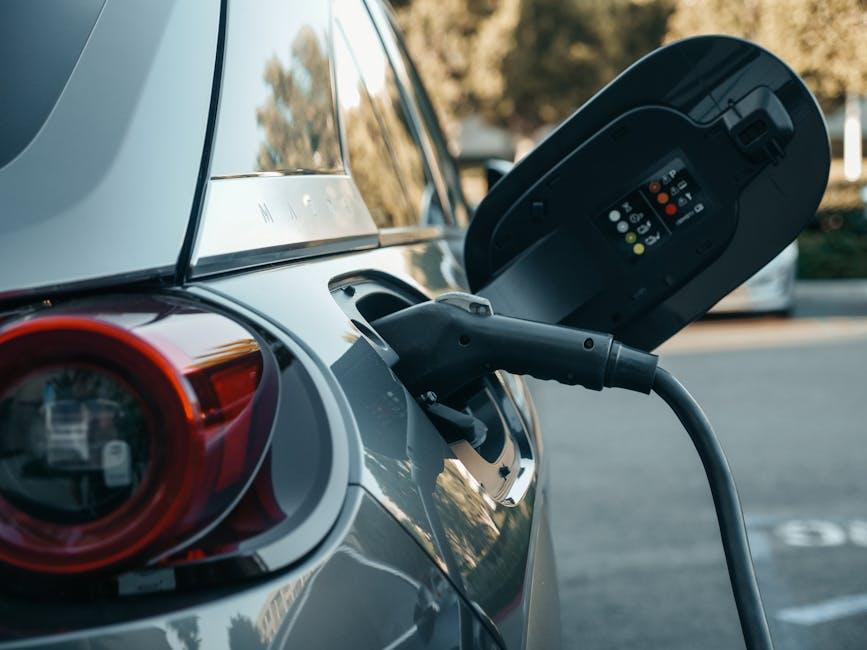
The Impact of Driving Habits on Battery Longevity
Driving habits play a crucial role in determining how long your car battery lasts. Frequent short trips prevent the battery from fully charging, leading to gradual power loss and early deterioration. Conversely, consistent longer drives help keep the battery in optimal condition by maintaining a steady charge level. Avoiding aggressive acceleration or excessive idling also contributes significantly, as these behaviors strain the electrical system and reduce battery efficiency over time.
Incorporating some simple adjustments into your driving can make a noticeable difference:
- Minimize short trips: Combine errands to allow the battery to charge fully.
- Limit excessive idling: Turn off the engine if you expect to be stationary for extended periods.
- Avoid harsh acceleration: Smooth starts reduce stress on the battery and alternator.
- Monitor dashboard lights: Illumination of battery warning signs should never be ignored.
| Driving Habit | Effect on Battery | Tip |
|---|---|---|
| Frequent Short Trips | Inadequate Charging | Combine errands for longer drives |
| Excessive Idling | Increased Drain | Turn off engine when waiting |
| Aggressive Acceleration | Battery Strain | Gradual starts preferred |
| Ignoring Warning Lights | Risk of Failure | Immediate inspection recommended |
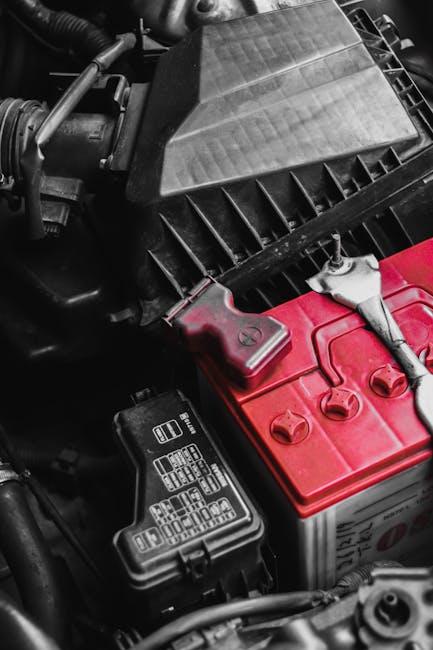
Essential Maintenance Practices for a Strong Battery
Maintaining your car battery goes beyond simply plugging it in or checking its charge occasionally. Regular inspections play a crucial role in identifying potential issues before they escalate. Wipe down the terminals to prevent corrosion, which can disrupt electrical flow and shorten battery lifespan. Also, ensure that all connections are tight and free from dirt. A quick but effective tip is to check the battery case for any cracks or bulges, signaling internal damage that calls for immediate replacement.
Keep your battery charged optimally by limiting short trips that prevent full recharging. Employ a battery maintainer or trickle charger if the vehicle sits idle for extended periods, especially in colder months when power drains faster. To help you keep track, refer to this simple checklist designed to streamline your routine maintenance:
- Monthly terminal cleaning using a brush and baking soda solution
- Check for secure cable connections and tighten as needed
- Monitor battery voltage with a multimeter
- Inspect for physical battery damage or leaks
- Use a charger for vehicles idle longer than two weeks
| Maintenance Activity | Recommended Frequency | Benefit |
|---|---|---|
| Terminal Cleaning | Monthly | Prevents corrosion buildup |
| Cable Tightening | Monthly | Ensures consistent power flow |
| Voltage Check | Quarterly | Detects early signs of battery drain |
| Full Recharge | As needed | Avoids battery sulfation |
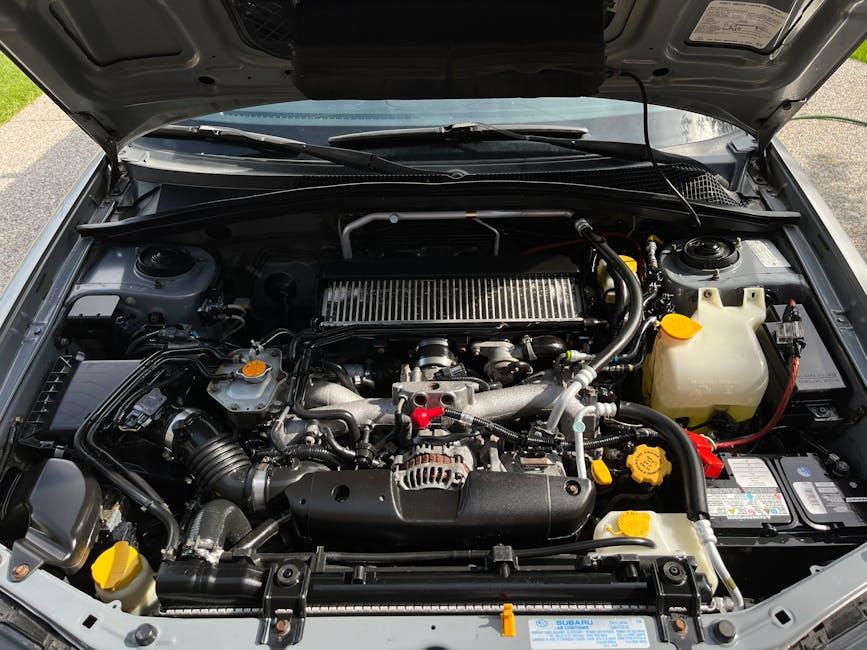
How Climate and Environment Affect Battery Performance
Extreme temperatures can be a silent enemy to your car battery’s health. In hot climates, high heat accelerates the chemical reactions inside the battery, which may sound good but actually leads to faster electrolyte evaporation. This results in reduced capacity and shortened battery life. On the flip side, cold weather thickens the battery’s internal fluids, making it harder to generate the electrical power needed for starting your engine. Frequent exposure to such conditions causes undue strain, so it’s crucial to take preventive measures like parking in shaded areas during summer and using insulating battery blankets in winter.
Environmental factors beyond temperature also play a role; humidity and exposure to pollution can contribute to corrosion of terminals and connectors, impairing the battery’s efficiency. To visualize the impact of climate on battery aging, consider this simple comparison:
| Condition | Estimated Battery Life | Primary Impact |
|---|---|---|
| Hot and dry | 2-3 years | Electrolyte evaporation |
| Cold and humid | 3-4 years | Reduced cranking power |
| Moderate climate | 4-5 years | Balanced performance |
Staying aware of your local environment allows you to adapt your battery maintenance routine effectively. Simple habits can help, such as:
- Regularly cleaning battery terminals to prevent corrosion buildup
- Keeping the battery securely fastened to avoid vibration damage
- Minimizing short trips that don’t give the battery time to fully recharge
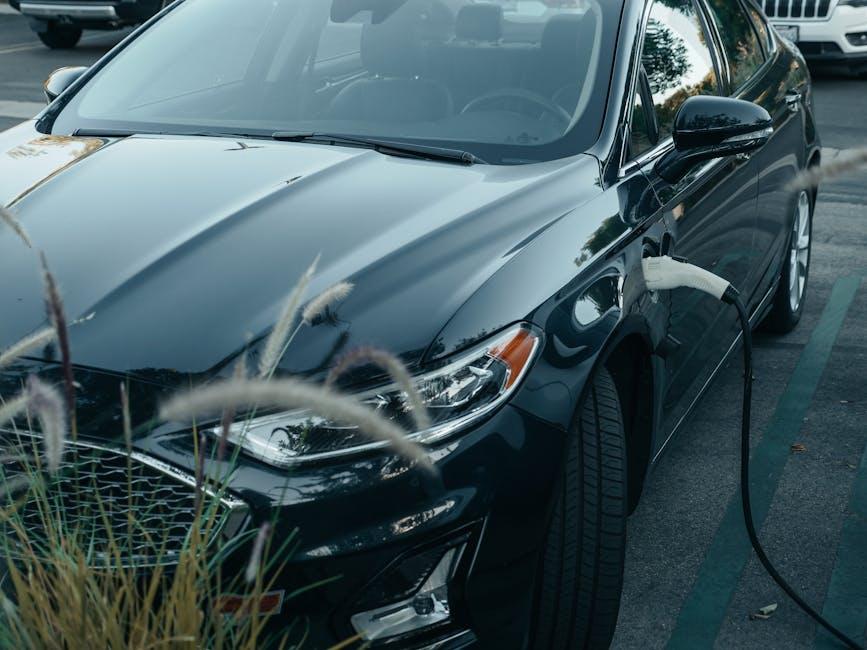
Smart Charging Techniques to Preserve Battery Life
Utilizing innovative charging methods plays a pivotal role in enhancing battery lifespan. Instead of relying on traditional overnight charging, embracing smart charging systems that regulate current flow can prevent overcharging and heat buildup, both notorious for degrading battery health. These systems monitor the battery’s state in real time, adjusting the voltage and amperage to optimal levels, thereby extending its cycle life. Additionally, some vehicles offer adaptive charging schedules that sync with your daily routine, ensuring the battery never remains at a full charge for too long—an important factor since staying fully charged for extended periods can tax the battery’s chemistry.
For those looking to maximize battery durability, consider incorporating these smart charging habits:
- Charge during cooler periods: Lower temperatures reduce the risk of heat-induced battery damage.
- Partial charges: Instead of full charges, topping up between 20%-80% helps minimize wear.
- Use manufacturer-recommended chargers: Ensures compatibility and safety.
Below is a simple guide to ideal charge levels at different temperature ranges:
| Temperature Range | Recommended Charge Level | Charging Time |
|---|---|---|
| Below 40°F (4°C) | 50%-70% | Short bursts |
| 40°F–85°F (4°C–29°C) | 20%-80% | Moderate duration |
| Above 85°F (29°C) | 40%-60% | Shortest recommended |

Choosing the Right Battery for Your Vehicle Needs
When selecting a battery, it’s essential to consider the vehicle’s specific power demands and climate conditions. For instance, vehicles with advanced electronics or start-stop systems require batteries designed to handle higher energy cycles, like AGM (Absorbent Glass Mat) or EFB (Enhanced Flooded Battery) types. On the other hand, traditional lead-acid batteries may suffice for simpler, older models. Equally important is matching the battery’s Cold Cranking Amps (CCA) rating to your environment; colder climates demand higher CCA for reliable starts.
Other crucial factors include size compatibility, warranty length, and brand reliability. To help you quickly compare some common battery types and their best use cases, here’s a brief overview:
| Battery Type | Best For | Advantages | Typical Lifespan |
|---|---|---|---|
| Lead-Acid | Older & Simple Vehicles | Affordable, easy to replace | 3-5 years |
| AGM | Modern & Start-Stop Vehicles | Longer life, better performance | 4-6 years |
| EFB | Mid-range Start-Stop Systems | Improved cycling, moderate cost | 3-5 years |
- Check fitment to ensure the battery fits securely in the tray and terminals align perfectly.
- Verify CCA rating based on your climate for reliable cold starts.
- Assess energy requirements for any aftermarket electronics or accessories installed.
- Consider maintenance features — maintenance-free batteries reduce hassle but cost more upfront.
Q&A
Q&A: Tips for Extending Car Battery Life
Q1: Why does my car battery seem to die faster than expected?
A1: Several factors can shorten your battery’s lifespan, including extreme weather, frequent short trips, leaving lights or electronics on, and infrequent use. Understanding these helps you take better care of your battery.
Q2: How often should I check my car battery?
A2: It’s a good idea to inspect your battery every three to six months. Look for corrosion on terminals, secure connections, and any signs of damage. Routine checks can catch problems early.
Q3: Can driving habits really affect battery life?
A3: Absolutely! Short trips don’t let your battery fully recharge, while prolonged idling wastes power. Balancing daily drives and occasional longer trips helps maintain optimal charge levels.
Q4: What role does temperature play in battery performance?
A4: Batteries hate extremes. Cold weather can reduce cranking power, while heat accelerates fluid evaporation and corrosion. Parking in a garage or shaded spot can protect your battery from harsh elements.
Q5: Are there specific maintenance tips to prolong battery life?
A5: Yes! Clean terminals regularly to prevent corrosion, ensure tight cable connections, and avoid leaving the car unused for long periods. Using a battery maintainer if you store your vehicle can keep it healthy.
Q6: Can aftermarket accessories drain my battery faster?
A6: Excessive use of electronics like sound systems, lights, or charging devices without the engine running can deplete your battery. Make sure to turn off all accessories before exiting your car.
Q7: When should I consider replacing my car battery?
A7: Typically, a battery lasts three to five years. If you notice slow engine crank, dashboard warnings, or frequent jump-starts, it might be time for a new one to avoid unexpected breakdowns.
Q8: Is investing in a high-quality battery worth it?
A8: Often yes. Premium batteries tend to have better materials and longer warranties, providing more reliable performance and peace of mind over time.
By incorporating these tips, you can help your car battery live a longer, healthier life—keeping you on the road with fewer surprises.
Wrapping Up
By incorporating these simple yet effective tips into your routine, you can give your car battery the care it deserves and keep your engine humming reliably for years to come. Remember, a little preventative attention now can save you from unexpected roadside surprises later. So, treat your battery well, and it will return the favor—powering your journeys with confidence every time you turn the key.

